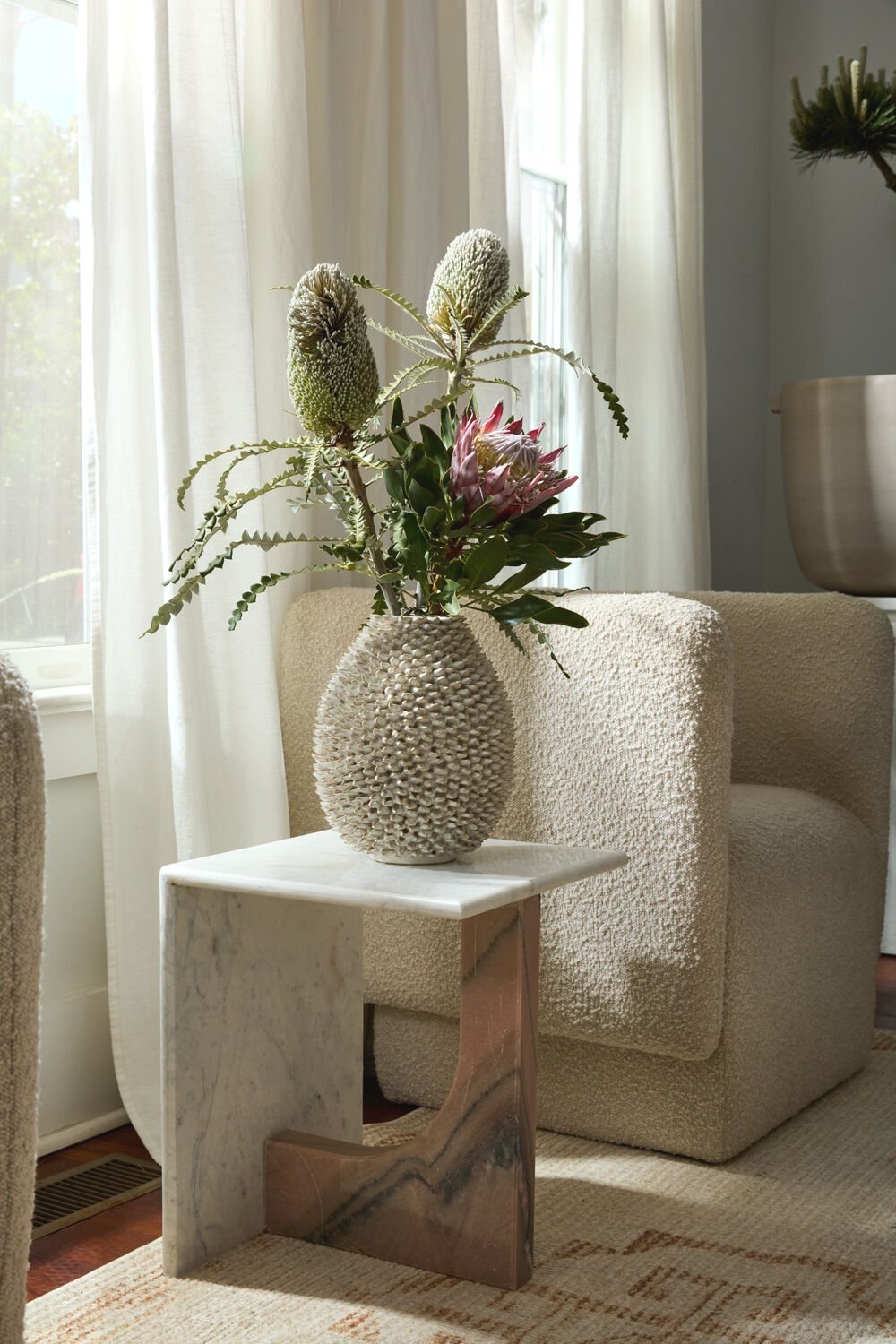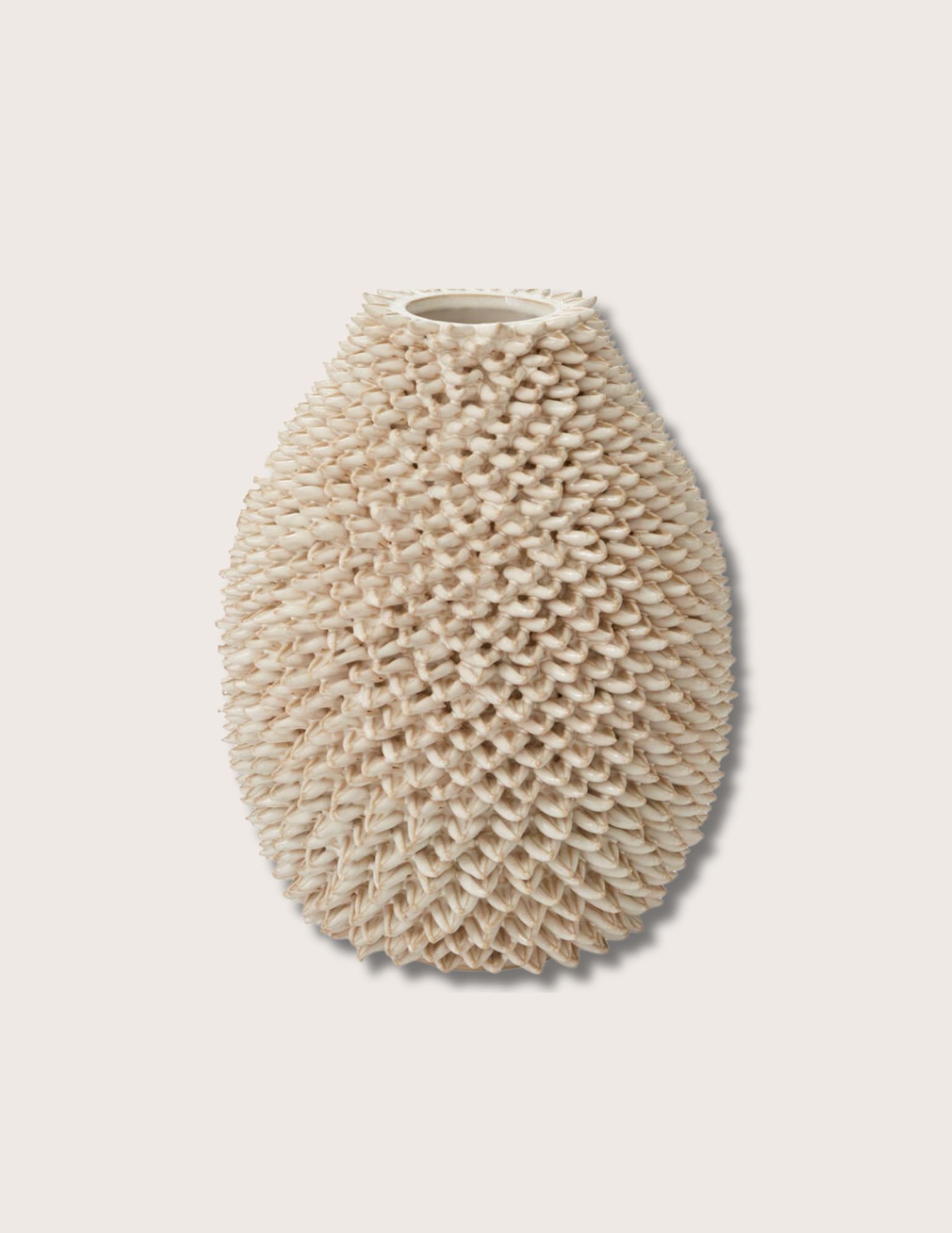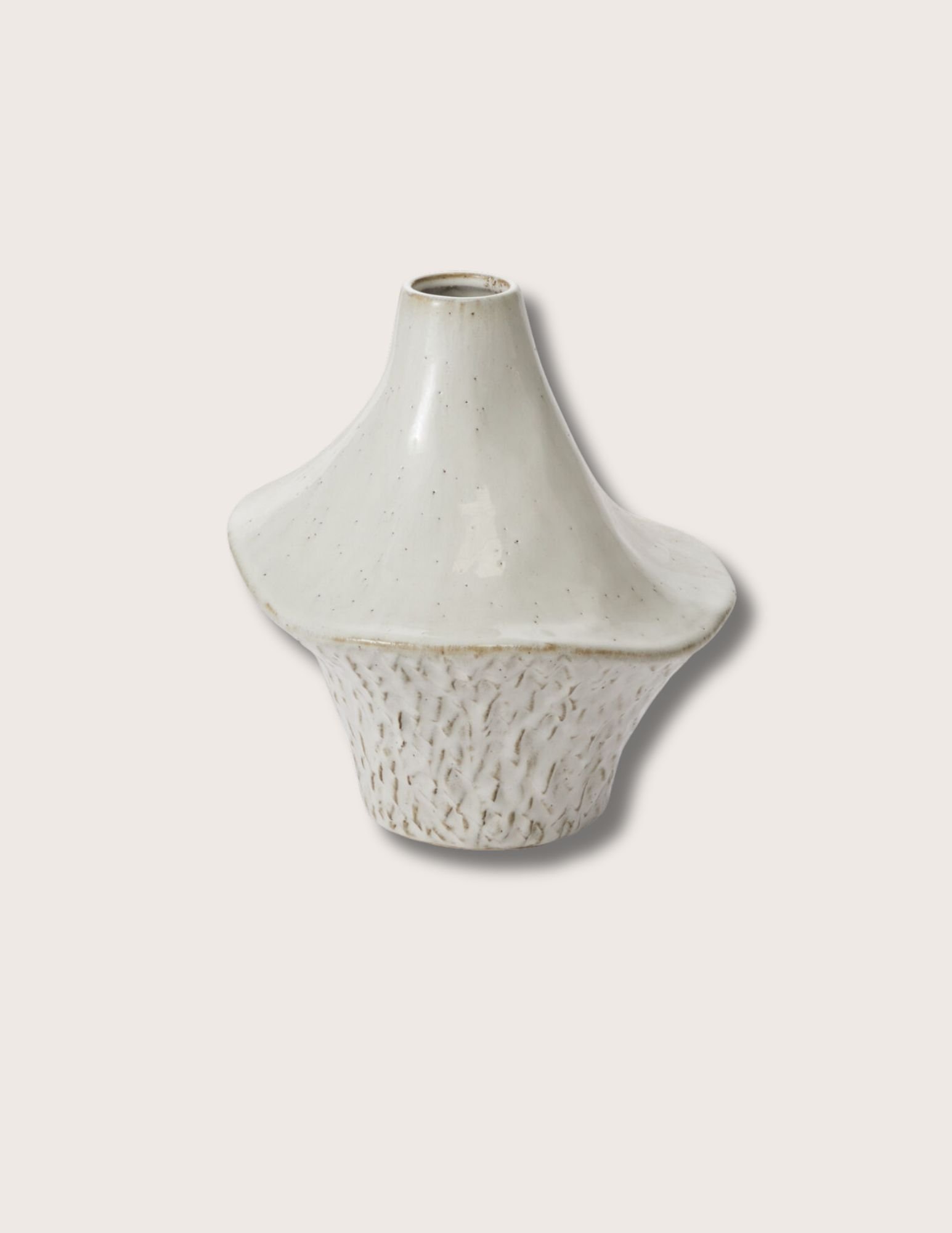 Image 1 of 4
Image 1 of 4

 Image 2 of 4
Image 2 of 4

 Image 3 of 4
Image 3 of 4

 Image 4 of 4
Image 4 of 4





Cowrie Vase
Details
The original bling, cowrie shells were once the ultimate statement pieces, whether worn as jewelry or displayed in the home. In keeping with that tradition, each Cowrie Vase is completely unique with hundreds of intricate, artisan-made, hand-applied shell-shaped ceramic pieces covering the elongated, oval-shaped body. Recalling traditions that speak to all corners of the Diaspora, this vessel offers texture and versatility for styling with history, tradition and story.
Editors' Note
Famously used as currency in various African communities up through the early 20th century, cowrie shells have a far longer and broader economic history. Though often associated specifically with Africa, various types of shells were used as money by cultures around thee world including North America, the Pacific Islands and Asia. Coweries were an accepted currency in China as far back as the Shang Dynasty (1600-1046 BC) in the 2nd millennium BC, and were widely traded along the Silk Road, which connected much of the world in trade, including Africa, from 130 BC to 1453 AD. In Africa, the shells were counted by weight or number, and strung together on rolls denoting specific denominations. Seen as symbols of fertility as well as wealth and power, the shells were widely employed in decorative pieces, from jewelry to statuary and were used as well in medicines, where they were burnt to ash, powderized and applied to the skin. Further, the shells, which are originally home to any number of sea snails from the Cypraeidae family, have deep spiritual significance in several African Diaspora belief systems. Worn for protection by those going to war or on the hunt, they play a large role in a number of divination systems, notably the Ifá divination system of Yoruba. As Yoruba spread through the trans-Atlantic slave trade, similar cowrie-based divination systems feature heavily in the practice of Cuban Lucumí (Santería), Haitian Voodoo, Brazilian Candomblé, and American Hoodoo.
Details
The original bling, cowrie shells were once the ultimate statement pieces, whether worn as jewelry or displayed in the home. In keeping with that tradition, each Cowrie Vase is completely unique with hundreds of intricate, artisan-made, hand-applied shell-shaped ceramic pieces covering the elongated, oval-shaped body. Recalling traditions that speak to all corners of the Diaspora, this vessel offers texture and versatility for styling with history, tradition and story.
Editors' Note
Famously used as currency in various African communities up through the early 20th century, cowrie shells have a far longer and broader economic history. Though often associated specifically with Africa, various types of shells were used as money by cultures around thee world including North America, the Pacific Islands and Asia. Coweries were an accepted currency in China as far back as the Shang Dynasty (1600-1046 BC) in the 2nd millennium BC, and were widely traded along the Silk Road, which connected much of the world in trade, including Africa, from 130 BC to 1453 AD. In Africa, the shells were counted by weight or number, and strung together on rolls denoting specific denominations. Seen as symbols of fertility as well as wealth and power, the shells were widely employed in decorative pieces, from jewelry to statuary and were used as well in medicines, where they were burnt to ash, powderized and applied to the skin. Further, the shells, which are originally home to any number of sea snails from the Cypraeidae family, have deep spiritual significance in several African Diaspora belief systems. Worn for protection by those going to war or on the hunt, they play a large role in a number of divination systems, notably the Ifá divination system of Yoruba. As Yoruba spread through the trans-Atlantic slave trade, similar cowrie-based divination systems feature heavily in the practice of Cuban Lucumí (Santería), Haitian Voodoo, Brazilian Candomblé, and American Hoodoo.

Additional Details
Single vase
Weight: Large 12 lbs / Medium 10 lbs
Material: Ceramic
Opening Size: Large 2.5" / Medium 2.5"
Dimensions: Large 8.0” x 8.0” x 15.75” / Medium 8.0” x 8.0” x 10.75”
Base Dimensions: Large 3.75" / Medium 3.5"
Made to order
Ships within the continental US in 7-10 business days
















